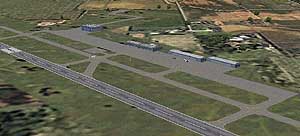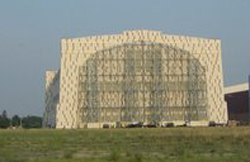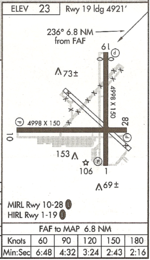Learning Object Repository
I saw last month that Canvas announced a new platform called Canvas Commons which is a learning object repository (LOR). I haven't as much about LORs the past few years as I did ten years ago.
A learning object repository is a kind of digital library that enables educators to share, manage and use educational resources. They require objects to be tagged in order to be searchable. That taxonomy (really more of a folksonomy) of metadata means that users can find and then additionally tag objects (such as a document, slides, a video) as they find additional uses for the object.
The LOR was often part of a CMS. The abbreviations got confusing since the last century of edtech. I used to label things like WebCT as a learning content management system (LCMS) and then they became a CMS meaning course management system, but some people called the same platforms an LMS focusing on the learning side of management. Nevertheless, all of them are environments where teachers and designers can create, store, reuse, manage and deliver learning content.
I have worked in WebCT, Blackboard, Moodle, Canvas, Sakai, and a few others that have disappeared or been absorbed. Most of them have offered some kind of centralized object repository, usually a database. In some it was an extra feature that needed to be purchased. The LCMS lable generally was used for platforms that work with content based on a learning object model.
I received an email that InsideHigherEd is hosting a free webinar on October 22 for Canvas users to discuss Canvas Commons. The email says that it will cover how it can help you to: "Create Your Very Own Personal Learning Object Repository; Create A Course From Scratch Without, Well, Starting From Scratch; Share Selectively—Be As Elitist Or Open As You Want; Make A Name For Yourself (And Your Institution)"
It caught my attention that the email also asked users to consider whether or not MOOCs are OERs and where MOOCs (and the organizations that host them and the people who teach them) fit into the OER movement.

 approached 1000 ft, I could see the massive airship hangars of
approached 1000 ft, I could see the massive airship hangars of 
 ). The article recalls a 2011 piece in The New York Times titled "
). The article recalls a 2011 piece in The New York Times titled "